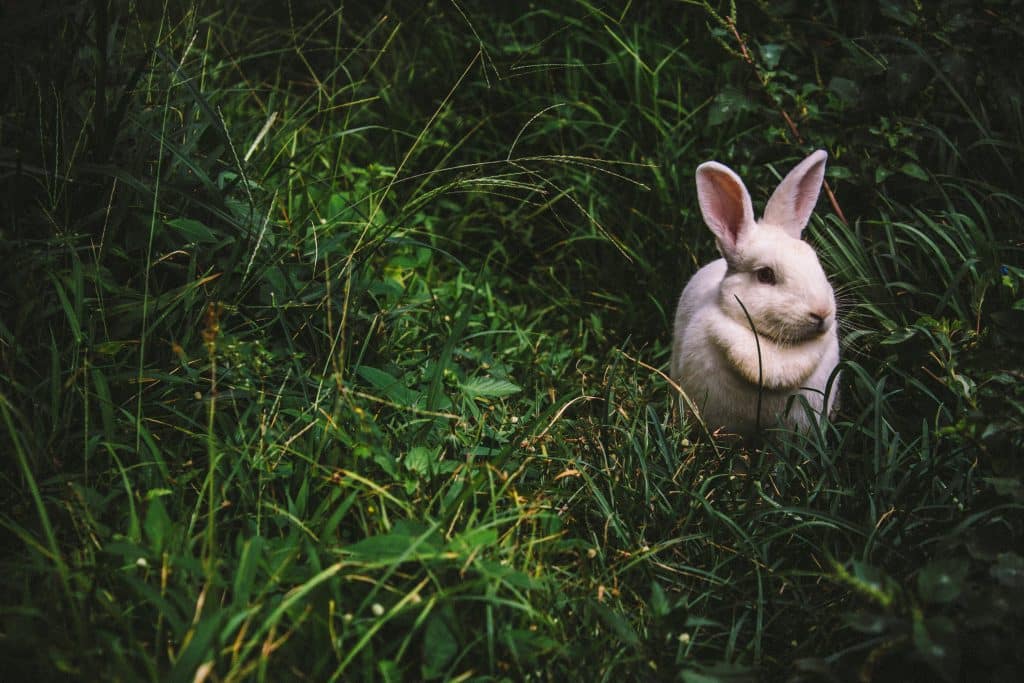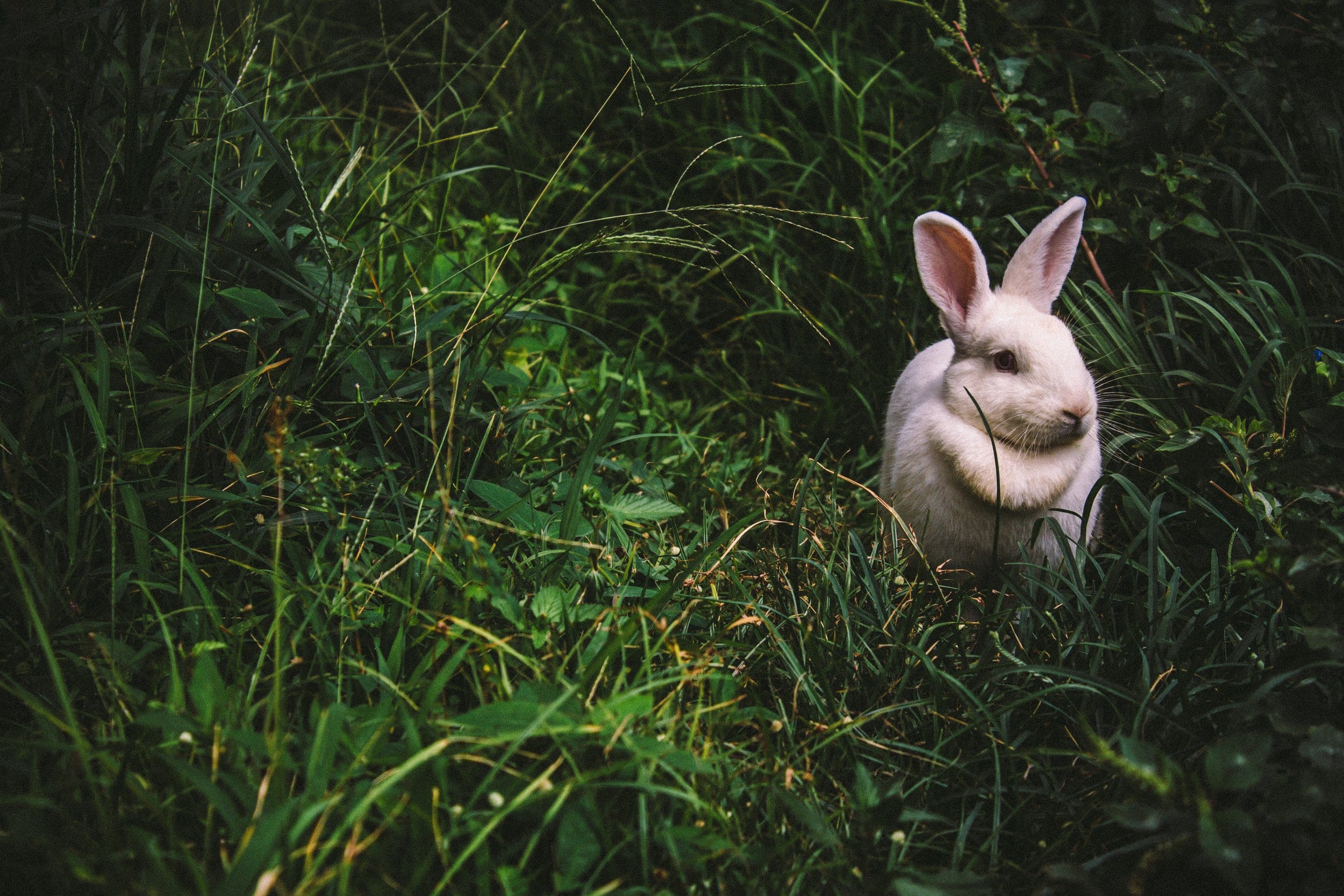
Sliding down the rabbit hole
Rebecca Holmes, Associate Writer
Picture courtesy of unsplash.com
Since we’ve all just finished celebrating the Easter holiday, it’s appropriate that we answer one of the most debated questions that surrounds it. How did we end up associating Jesus Christ rising from the dead and a big white ball of fluff on the same holiday?
The symbol of the rabbit stems from pagan tradition. The festival of Eostra celebrates a Teutonic goddess who’s animal symbol is a bunny because of the bunny’s high reproduction rate.
Eostra was known as the goddess of spring and fertility. Feasts such as the festival of Eostra were held in her honor on the Vernal Equinox.
The first Easter Bunny legend was documented in Germany during the 1500s. By 1680, the first story about a rabbit laying eggs and hiding them in a garden was published.
But many people are still wondering, “How’d the story of the Easter Bunny become an American tradition when it started in Germany?” The story of the Easter Bunny was brought to the United States in the 1700s when German immigrants settled in Pennsylvania Dutch country.
So the Easter Bunny isn’t really an American tradition after all. Instead, it’s a German tradition that was adapted into the melting pot culture that we call home. Without this German tradition, lives of small children all across the nation would forever be changed because let’s face it, life is a little more fun when you believe in a giant bunny who hides eggs for you to find.

